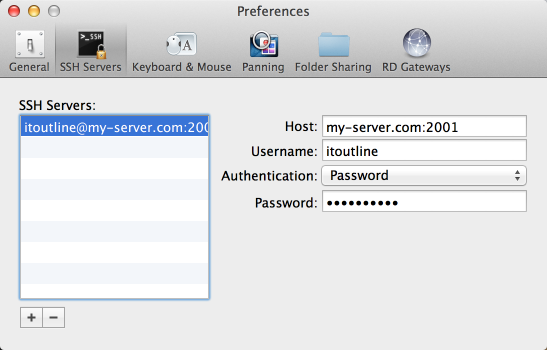

- #Install jump desktop on centos 7 install#
- #Install jump desktop on centos 7 update#
- #Install jump desktop on centos 7 iso#
- #Install jump desktop on centos 7 windows#
Migrate Remote Desktop Services CALs, Migrate to Rackspace from another hosting.
#Install jump desktop on centos 7 install#
#Install jump desktop on centos 7 windows#

You can also check Java network settings:.


enable Outbound TCP port 443 to N-able N-central from the Operator AND Target devices (required).VRDP is a backwards-compatible extension to Microsofts Remote Desktop Protocol. enable Outbound TCP port 22 to N-able N-central from the Operator AND Target devices (recommended). See Section 1.5, Installing Oracle VM VirtualBox and Extension Packs."C:\Program Files (x86)\ N-able\Custom Protocol Handler\Remote Application Launcher.exe" In order to use the systemd enabled base container created above, you will need to create your Dockerfile similar to the one below.Add exclusions on the Oparator Machine to AV/ISA products for the application.NET to create the second half of the SSH or HTTPS tunnel via N-able N-central, and nothing changes. The Target/Agent reaches back to N-able N-central using. N-able N-central 2020.1 introduces the Custom Protocol Handler application for RDP/Remote Desktop only Operator machines running Windows and replaces the need for java on the Operator machine.(If you already installed EPEL repository, this is not required. It is recommended that you only allow incoming UDP port 177.Īdd Xfce and configure as the default desktop environment. Change the default display manager to lightdm:.Switching display manager from gdm to lightdm
#Install jump desktop on centos 7 update#
Before we actually run the installation, let’s update first. This guide explains how you can change the display manager to lightdm from gdm and desktop environment from Gnome to Xfce. Installation The installation of the GNOME desktop on CentOS 7 is handled via the groups option for the yum command.
#Install jump desktop on centos 7 iso#
Boot your computer with CentOS 7 installation media like (Burned CD/DVD or USB or ISO image). To avoid this problem, you have to use an alternative display manager (other than ‘gdm’) and desktop environment. 1) Booting Computer with CentOS 7 installation media. Gnome in CentOS 7 tries to use local hardware acceleration and this becomes a problem when trying to connect remotely using XDMCP. Using Xmanager to connect to remote CentOS 7 via XDMCP


 0 kommentar(er)
0 kommentar(er)
